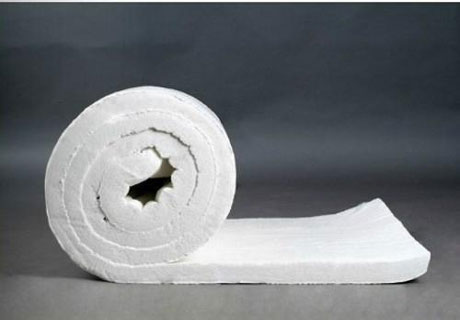
Refractory fiber (also known as ceramic fiber) material is a new type of refractory material developed in the past ten years. It overcomes the inherent brittleness of refractory bricks and unshaped refractory materials, so the scope of application is rapidly expanded. This point has been briefly introduced in the article "Refractory Materials Used in Hydrocarbon Cracking Furnaces" published yesterday. Refractory fiber furnace walls have many advantages: heat resistance, good heat insulation performance, small heat storage, light weight, thinner and lighter furnace walls can be obtained under the same conditions; elasticity, good resistance to mechanical vibration and thermal shock, It also has excellent electrical insulation and sound absorption properties; simple structure, convenient construction, suitable for parts with complex shapes. Disadvantages: poor scour resistance, so convection chambers with soot blowers and chimneys with high flue gas flow rates should not be used. According to experts from Henan Refractory Material Factory, refractory fibers are divided into three categories according to their chemical composition: ordinary aluminum silicate refractory fibers, containing 46%~48% AL2O3, 52%~53% SiO2, operating temperature 1000~1200℃; high alumina refractory Fiber, containing 56%~64% of AL2O3, 35%~44% of SiO2, using temperature of 1200~1400℃; refractory fiber containing chromium aluminum silicate, containing 4% of Cr2O3, using temperature of 1300~1400℃. According to the shape of the product, there are felt, blanket, paper, belt, rope and special-shaped products. Nowadays, the refractory fiber used in the wall of the tube furnace generally contains about, and only the surface directly in contact with the flame is a soft felt with high alumina refractory fiber containing 60% Al203 and methyl cellulose as the binder. It has good heat resistance and thermal insulation properties. In fact, it is more expensive, so it is only used as a refractory layer. Generally, cheap rock wool boards or slag wool boards are used for the insulation layer. There are two types of refractory fiber lining structure: layer lining and stacking.
没有评论:
发表评论